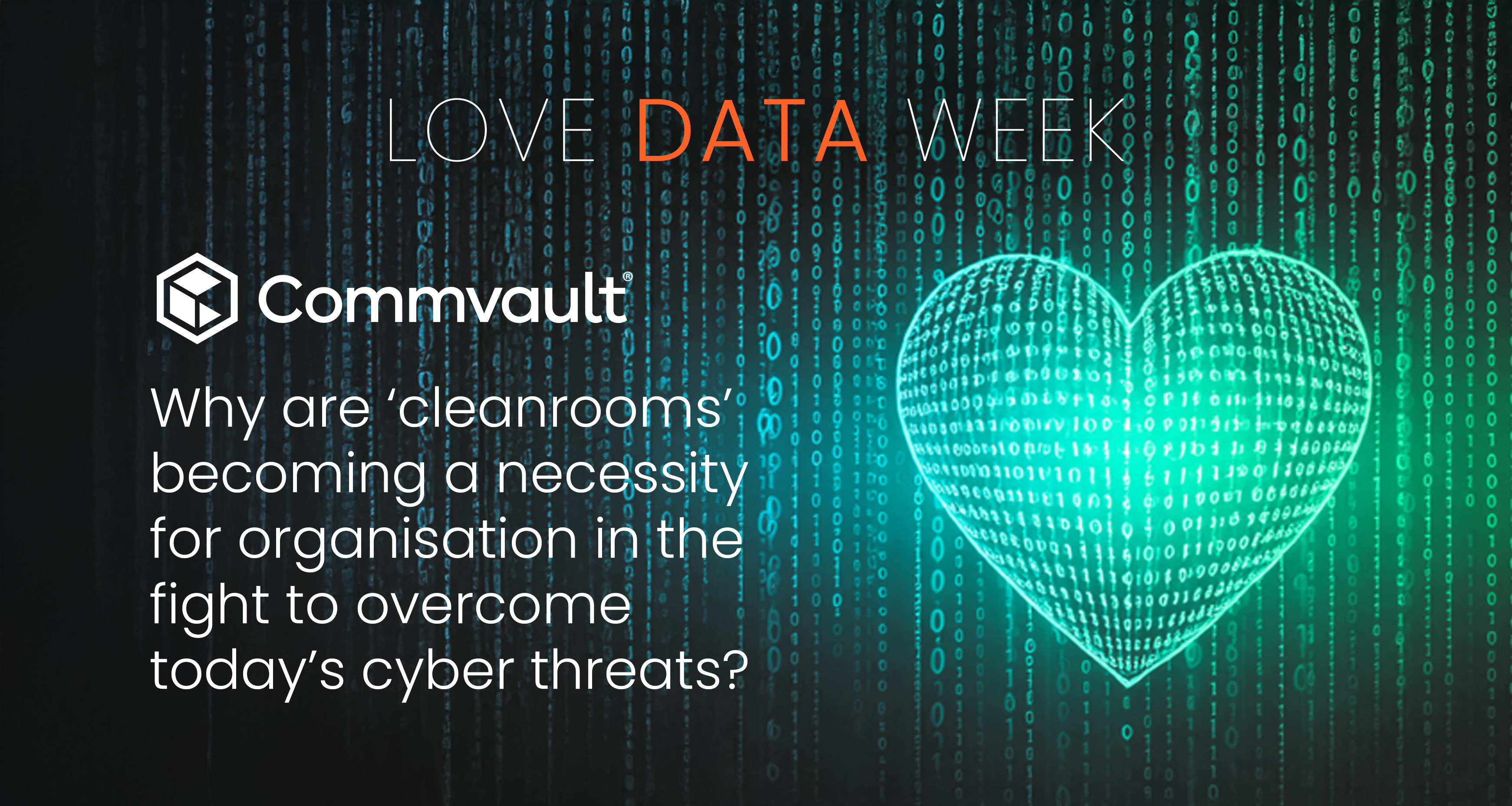
In today’s modern digital landscape, organisations of all sizes are constantly on the lookout for the secret solution on fortifying their cyber security strategy and protecting themselves and their data from cyber threats. One concept that is growing in popularity is ‘cleanrooms’, with the idea being that you utilise an isolated recovery environment that is frequently used for secure cyber recovery scenarios. But the question is, why are cleanrooms becoming an invaluable tool in staving off cyber threats?
Cyberattacks are increasing
Studies from cybersecurity firms and government bodies alike continue to show an increase in both the frequency and sophistication of cyberattacks against businesses.
The UK’s National Cyber Security Centre has warned that the global ransomware threat will rise over the next two years, and a new report from SoSafe highlights how concerning the threat landscape is becoming. This research states that 85% of security professionals agree that now is the most challenging it’s been in the past five years.
Ransom demands are trending upward
As well as the increase in frequency, ransomware demands are going up, too. With the average payout rocketing to five times higher than last year, from $400,000 to $2 million, according to Sophos. This, along with the possibility of regulatory fines and reduced revenues caused by business disruption and operational inefficiency, can total up to significant financial losses.
Testing your cyber defences is paramount
The unfortunate reality is that up until recently, recovery testing has been resource-intensive, complicated, and rarely done to good effect or even regularly, putting the chances of reliable recovery at risk. However, the introduction of ‘cleanrooms’ is reshaping the testing and recovery market with ready-made solutions that are effective, simple to use, and fit for today’s IT environments.
A cleanroom solution from a trusted vendor, such as Commvault Cloud’s Cleanroom Recovery, offers a comprehensive offering to validate the effectiveness of cyber recovery plans, technologies, and processes. It provides a secure environment where data and critical assets are completely isolated from operational systems, enabling security professionals to test systems and simulate real-world cyberattacks without any risk to their organisation.
Preparing to recover
It’s no longer a matter of ‘if’ but ‘when’. So, when a breach happens, fast recovery and business continuity are best achieved using a cleanroom alongside an air gap solution. This holds a copy of immutable data, isolated from an organisation’s live environment in offsite, cloud storage. It is kept tamper-proof and safe from infection.
As a cyber breach or an attack begins to unfold, organisations can immediately switch to the cleanroom to facilitate automated recovery of the control plane and integration with the isolated copy of data. Within this controlled, impenetrable environment, security teams can ensure that data is uncorrupted and free from malware and ransomware. Once safety is confirmed, data can be restored to the live environment using an easy-to-use tool that streamlines the entire process.
Better security fulfilled
To conclude, cleanrooms can also help improve the design and development of applications, systems, and processes by highlighting easily exploited weaknesses. If lessons learned are taken on board internally, development and project teams can better adhere to the principles of data protection by design. Building solutions with security and data protection as priorities pays greater dividends in terms of compliance and better resilience to attacks.
With the need for effective testing and recovery strategies growing in business importance, cleanrooms are emerging as a critical component, and one you should seriously consider utilising. Not only do they drive best practice and help to maintain business continuity when in the throes of a cybersecurity breach, if using the correct vendor, they can be cost effective, easy to use and manage, and ensure you safeguard your most important assets.
Want to find out more about Commvault Cloud’s Cleanroom Recovery?







